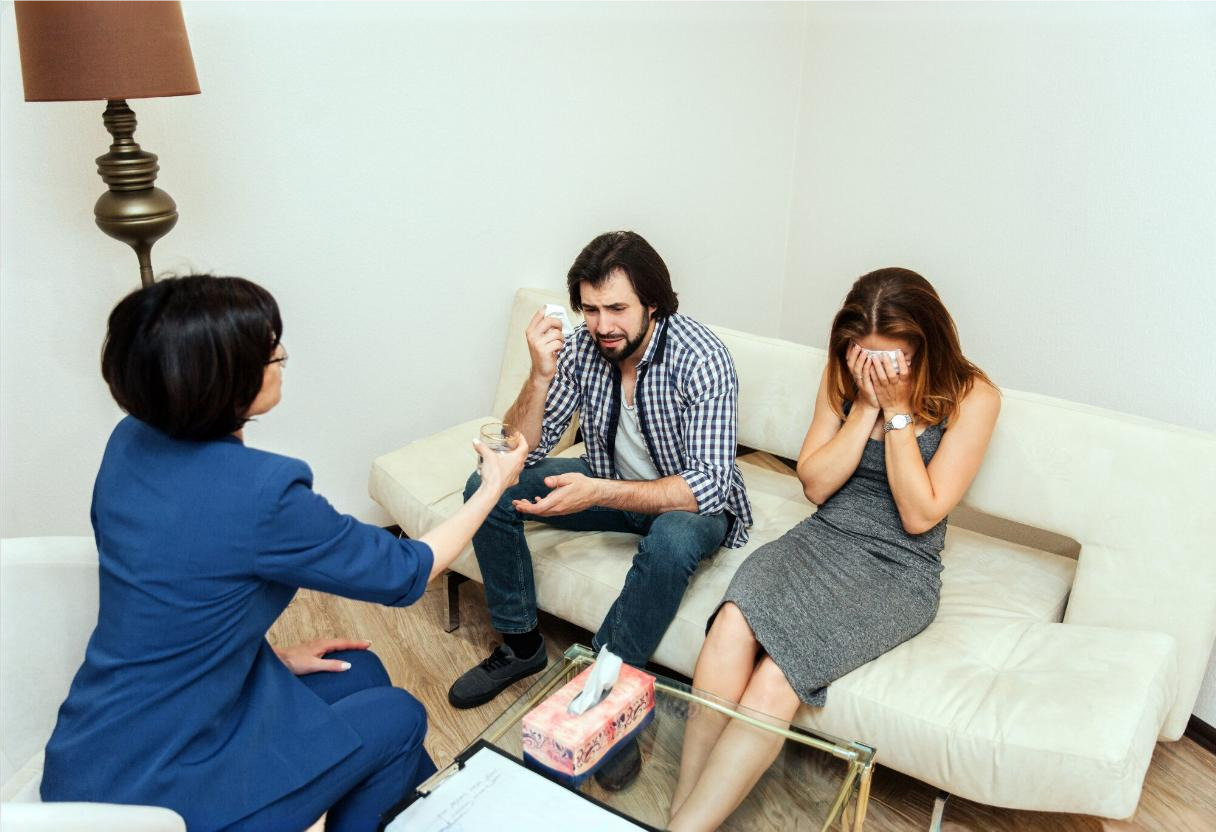Vestibular Rehabilitation Therapy – What It Is & Exercises
If you’ve ever experienced dizziness, vertigo, or unsteady balance, you know how disruptive these issues can be to daily life. For many, vestibular dysfunction is the root cause of these symptoms. Fortunately, vestibular rehabilitation therapy (VRT) in Woodbridge offers a path to relief and recovery. This blog will delve into what vestibular rehab is, how it works, and the benefits it can provide.
What is Vestibular Rehab?
Vestibular Rehabilitation Therapy in Woodbridge, ON is a specialized form of physical therapy designed to address issues related to the vestibular system. This system, located in the inner ear and brain, plays a crucial role in maintaining balance and spatial orientation. When this system is impaired, it can lead to symptoms such as dizziness, vertigo, imbalance, and difficulty with visual focus.
VRT aims to help individuals regain their sense of balance and improve their quality of life through a combination of exercises, education, and lifestyle adjustments.
How Does Vestibular Rehab Work?
Vestibular rehab involves a customized treatment plan tailored to an individual’s specific symptoms and needs. Here’s an overview of how it typically works:
- Assessment and Diagnosis
The first step in vestibular rehab is a thorough assessment by a healthcare professional. This may include a review of medical history, physical examination, and specific tests to evaluate balance, coordination, and eye movements. The goal is to pinpoint the underlying cause of vestibular dysfunction and develop an appropriate treatment plan. - Personalized Exercise Program
Based on the assessment, a tailored exercise program is created. These exercises are designed to:- Improve Balance: Exercises focus on enhancing stability and coordination to prevent falls and improve daily functioning.
- Reduce Dizziness: Specific movements help the brain adapt to changes in vestibular input, reducing symptoms of dizziness and vertigo.
- Enhance Gaze Stability: Exercises that involve tracking moving objects or shifting focus help improve visual stability.
- Habituation Exercises
Habituation exercises involve exposing the individual to movements or positions that trigger symptoms, gradually increasing exposure to help the brain adapt and reduce sensitivity. This can be particularly effective for those with vertigo. - Gaze Stabilization Exercises
These exercises are aimed at improving the ability to keep the eyes focused on a target while the head is moving. This is crucial for those who experience difficulties with vision during head movements. - Balance Training
Balance training may include activities that challenge and improve postural control, such as standing on unstable surfaces or performing coordinated movements. - Education and Lifestyle Modifications
Education is a key component of VRT. Patients learn about their condition, strategies to manage symptoms, and lifestyle changes that can support recovery. This may include advice on reducing fall risks, managing triggers, and integrating exercises into daily routines. - Follow-Up and Adjustment
Regular follow-up appointments allow the therapist to monitor progress, adjust the exercise program as needed, and address any concerns or new symptoms that arise.
Benefits of Vestibular Rehab
Vestibular rehabilitation therapy offers a range of benefits for individuals with vestibular disorders:
- Improved Balance and Stability: VRT helps individuals regain their balance and prevent falls, enhancing overall stability.
- Reduced Dizziness and Vertigo: By addressing the underlying causes of dizziness and vertigo, VRT can significantly reduce these symptoms.
- Enhanced Daily Functioning: As balance and stability improve, individuals often find it easier to perform everyday activities and engage in social or recreational activities.
- Increased Confidence: With improved balance and reduced symptoms, individuals often experience a boost in confidence and independence.
- Personalized Care: VRT provides a tailored approach, addressing specific symptoms and needs, which can lead to more effective and targeted outcomes.
Who Can Benefit from Vestibular Rehab?
Vestibular rehab can be beneficial for individuals with various vestibular disorders, including:
- Benign Paroxysmal Positional Vertigo (BPPV): A common cause of vertigo related to changes in head position.
- Meniere’s Disease: A condition characterized by episodes of vertigo, hearing loss, and tinnitus.
- Vestibular Neuritis: Inflammation of the vestibular nerve, often following a viral infection.
- Labyrinthitis: Inflammation of the inner ear structures, which can affect balance and hearing.
- Chronic Dizziness: Persistent dizziness that does not have a clear cause.
Conclusion
Vestibular rehabilitation therapy offers a comprehensive and effective approach to managing and overcoming vestibular dysfunction. By addressing the root causes of dizziness, vertigo, and imbalance, VRT helps individuals regain their balance and improve their quality of life. If you or someone you know is struggling with vestibular issues, consider exploring vestibular rehab as a potential solution. With the right therapy and support, it’s possible to restore balance, enhance daily functioning, and achieve a more fulfilling life.






